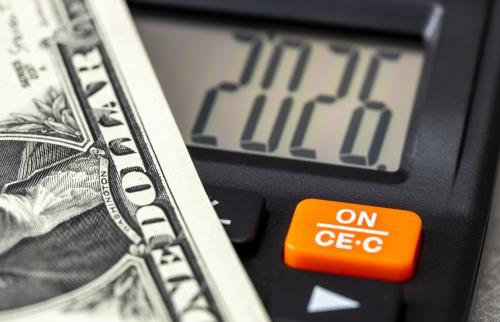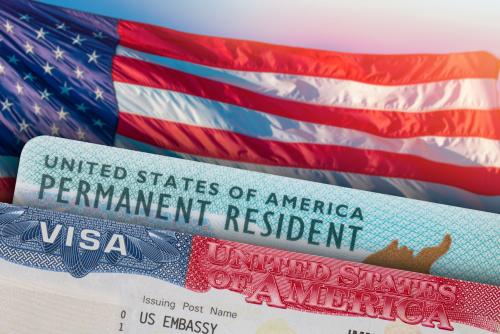As tens of thousands of DACA recipients prepare to submit renewals for their two-year deportation relief, they will need to once again come up with $465 for the application fee. While renewal requests require less documentation than the initial application, the fee remains the same.
Many applicants, particularly those from low-income families, had difficulty paying the initial fee. A recent national study of self-selected youth eligible under the Deferred Action for Childhood Arrivals (DACA) program found that among those who had not yet applied, 43 percent reported they could not afford it.
Fee exemptions are possible but are granted on a very limited basis given the strict requirements: if an applicant is homeless, disabled or in medical debt, and also can document that their income is less than 150 percent of the federal poverty line.
In response, a number of new avenues have emerged to help the DACA eligible pay the fee.
Some governmental agencies have stepped in to provide aid to DACA applicants. The Mexican Consulate in Los Angeles, for example, provides financial assistance to some applicants for deferred action. New York City allocated $18 million toward expanding DACA participation, which includes some funding for application fees.
Credit unions across the country, especially ones in areas with high immigrant populations, have started offering DACA-specific loans. The practice of providing loans for immigration fees is not unprecedented. The fee for naturalization is $215 more than DACA; and organizations have been offering loan programs to soon-to-be citizens for years.
North Carolina has the seventh highest number of DACA approvals, with nearly two-thirds of the state’s 20,300 requestors residing in five metropolitan areas. The Latino Community Credit Union (LCCU)—a member-owned nonprofit credit union with 11 locations in North Carolina and over 55,000 members—established a “Dreamer Loan” to help applicants pay the $465 fee shortly after DACA’s announcement. LCCU has a 14-year history in North Carolina, and is the largest Latino-focused credit union in the country. Within a year of creation, more than 1,100 members received loans.
Another promising practice is the use of formalized lending circles, whereby a group of individuals contribute a fixed amount at regular intervals, with each member receiving their loan in a different month. The concept of lending circles is not new; these rotating savings and credit associations exist informally and go by many different names all over the world.
Mission Asset Fund (MAF) in San Francisco (and soon elsewhere) has formalized this practice for more than 500 DACA-eligible young people. Participants in MAF’s “Lending Circles for Dreamers” pay $46.50 each month for 10 months, with one member receiving $465 for their application every month. MAF lending circles have no fees or interest and the organization reports activity to credit bureaus, building credit history for participants. Moreover, MAF requires an online financial training course before joining a lending circle; ensuring that this is not simply a loan, but a way for participants to increase their financial knowledge.
These banking practices help address the low rates of formal banking among many immigrants, especially for a population that often relies on alternative financial services. In fact, by bringing DACA applicants into a formal financial setting, expanded financial access is an additional benefit. It doesn’t hurt that banks and credit unions are gaining customers, making this a win-win situation.
The Brookings Institution is committed to quality, independence, and impact.
We are supported by a diverse array of funders. In line with our values and policies, each Brookings publication represents the sole views of its author(s).




Commentary
DACA Loans for Low-Income Applicants
August 19, 2014